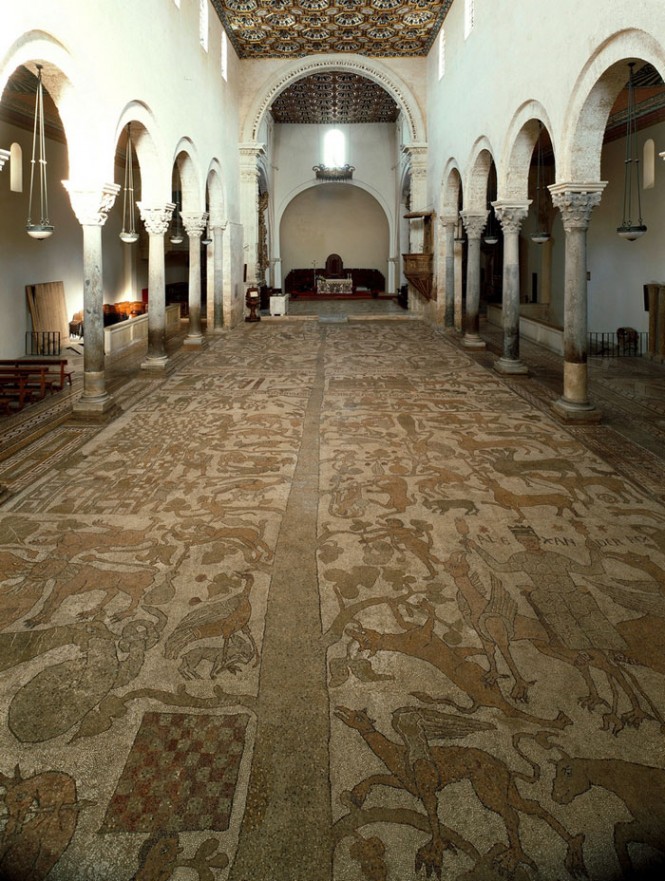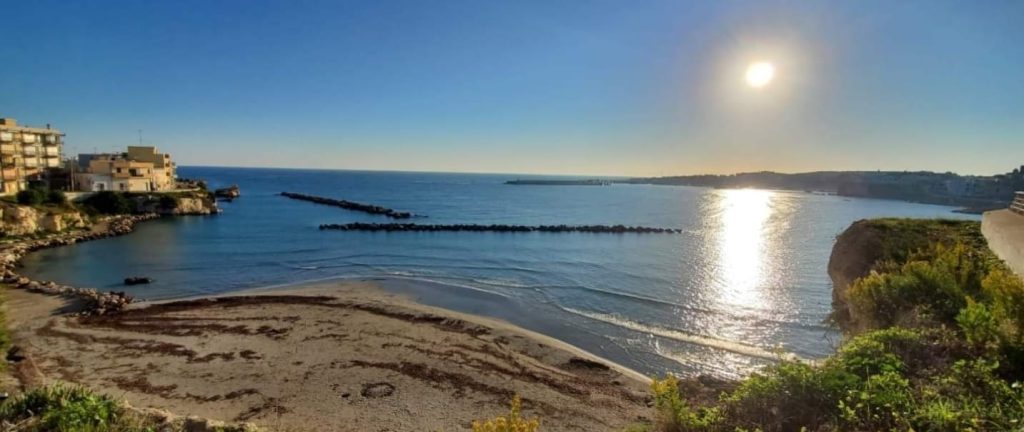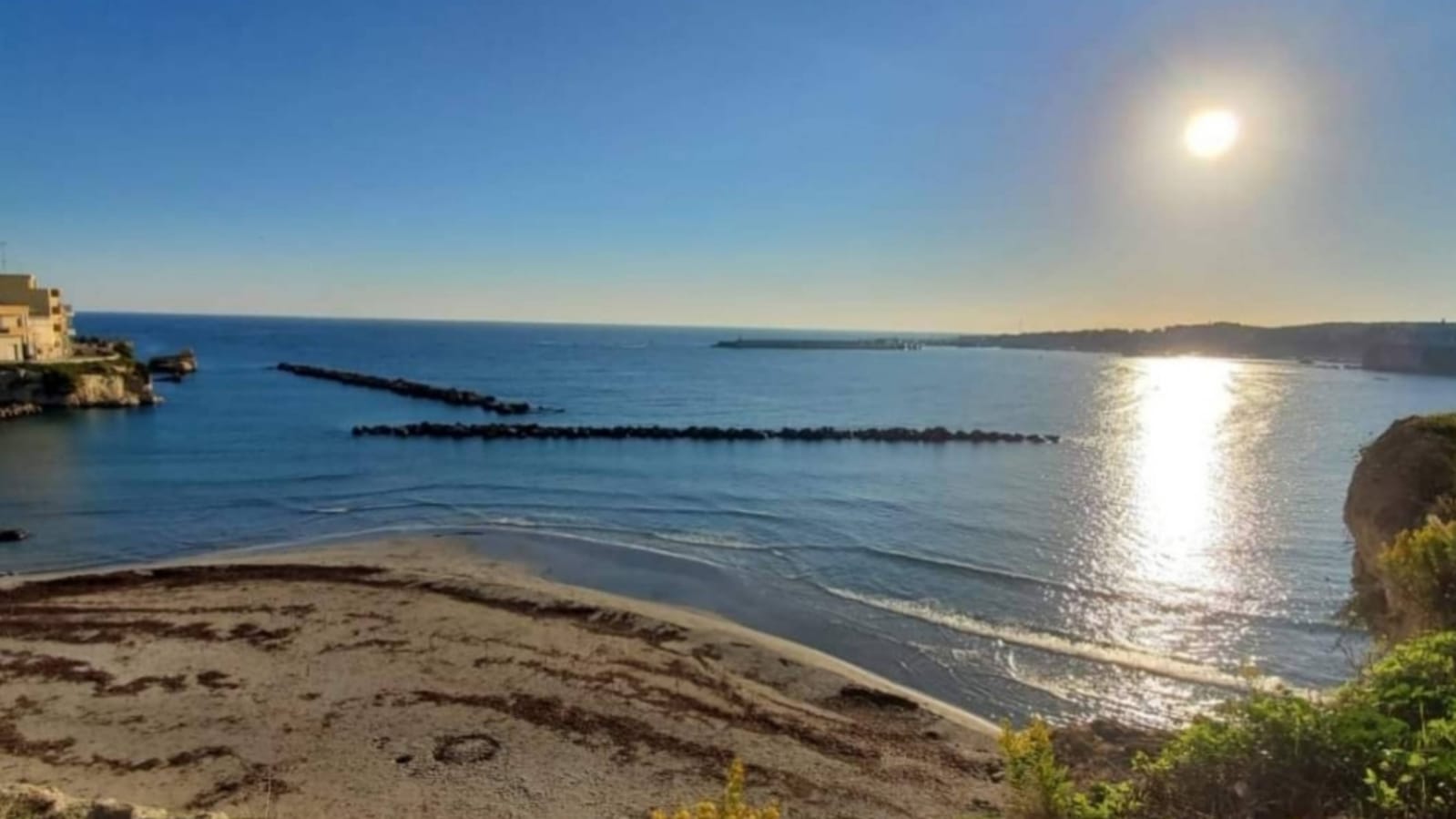“La O di Otranto”, who has never said it during a spelling? But Otranto is famous not only for a trivial spelling, but for its history steeped in legend. Otranto is the easternmost city of Italy and for this reason it is famous because at “Punta Palascia” you can admire the first Italian dawn of the year (and obviously the first dawn of every day).
Let's start with the name: Otranto. The origin of the name of the city comes from very distant times. According to the most accredited sources it derives from Hydruntum, a stream that crosses Otranto and flows into its crystalline sea, right in the center of the town. According to others, however, the name Otranto derives from Odronto which in the past indicated a hill near the port.
The birth of Otranto
The city was founded around the monastery of San Nicola di Casole, one of the most important places in Salento still today. The monastery is one of the places that is absolutely recommended to visit if you go to Salento and you are a lover of medieval history.

The monastery of San Nicola di Casole, in Otranto
It was born in 1098 and was built by Bohemond I of Antioch. In the monastery in ancient times there were altars, crypts and huts where the monks prayed. Subsequently the monastery was donated to abbots. The monastery breathed culture because for a long time Greek philosophers and poets were hosted. Among these, the various Nettario, Giovanni Grasso, Nicola di Otranto and Giorgio di Gallipoli certainly passed through here. A prestigious figure was Nectar (1155-1235), who was also the abbot of the monastery. Nectario was a philosopher who loved Greek (his mother tongue) and Latin culture. He was a teacher of Greek grammar and literature and translated Basil's liturgy and other liturgical texts from Greek to Latin.
"Mamma li Turchi" and the legend of the "Serpe"
The story of Otranto it is very tormented and has been conditioned by a very important historical event: the invasion of the Turks in 1480. 800 martyrs of Otranto were massacred by the Turks because they refused to convert to Islam and remained faithful to Christianity. Even today, the choice of martyrs is seen as a bulwark of Christianity.
Legend has it that in the watchtower on the coast in Otranto there was a huge snake that when it learned that the Turks were about to attack its city, drank all the oil to make the enemies miss their destination (in fact in previous years arrived in other cities). Otranto, however, will be sacked then, as mentioned, in 1480. In any case, the snake has deserved to even appear on the coat of arms of the city.
The Cathedral of Otranto
It is certainly the most important monument of the city from a religious point of view. There Cathedral it was built in 1088 and was built on the remains of a Messapian village. The architecture of the Otranto cathedral is very simple. There are not the opulence of the Baroque that spread over the following centuries, especially in the hinterland of Lecce. After the Turkish devastation of 1480, the large rose window with 16 rays with fine round Gothic tracery was built.
Inside the cathedral there are three naves. The right aisle ends in the chapel of the martyrs where the remains of the holy martyrs of Otranto are kept, killed during the Turkish invasion.
As soon as you enter, the very famous floor mosaic stands out (which you can see in the photo below), which contains the tree of life. The iconographic program of the mosaic develops through scenes from the Old Testament, the cycles of chivalry and medieval stories. The mosaic depicts various concepts present in Dante's Comedy and religious history.
- vices and virtues of men;
- Hell and heaven;
- garden of Eden;
- Noah and the great flood;
- cycle of the months of the year;
- Alexander the Great;
- Babel tower;
- Tree of Life.
It should be noted that inside the Cathedral there is a crypt, which winds in the underlying area of the apse and was built in the XNUMXth century.

The castle of Otranto
Il Aragonese Castle of Otranto it was built at the end of the 400th century and looks like a rectangle trapezoid. However, its structure has been modified several times over time. The castle is bordered on the sides by a large moat that allowed you to raise the drawbridge, remain isolated and not be reached by enemies.
Today the entrance has a bridge, with a stone arch and wooden pavement, probably originally of the drawbridge type. A narrow corridor gives access to the ground floor atrium. The triangular room, one of the most important in the Otranto castle, was completed towards the middle of the 500th century. The chapel on the ground floor is partially frescoed and contains various frames and epigraphs inside. In recent years it has also become possible to visit underground Otranto, which develops right under the Aragonese castle. Below, a photo of the dungeons.

The wonderful sea
Otranto, of course, is not just culture and history. Many tourists choose it as their holiday destination because the photos of its breathtaking sea go around the web. Otranto allows you to have several beaches available, both within the country and slightly outside. From the Baia dei Turchi, to the small beach of the scaloni, from the Alimini to Porto Badisco, the coast of Otranto is very long and allows you to enjoy many beaches, bays and even a stretch of cliff.






